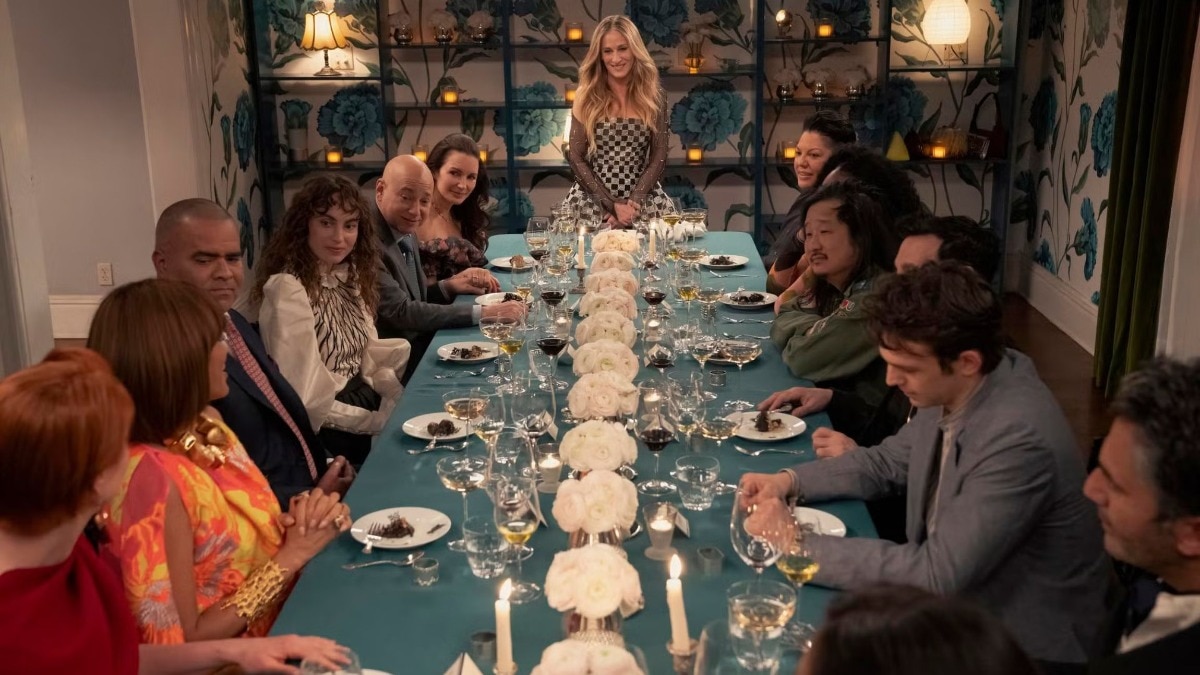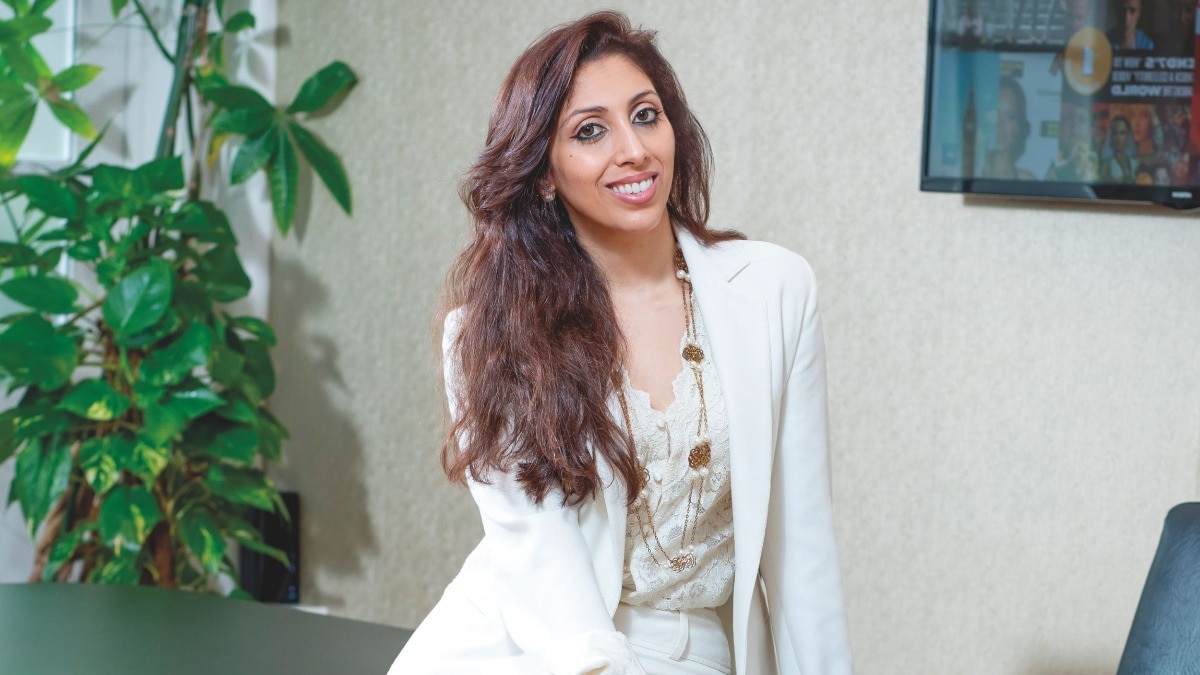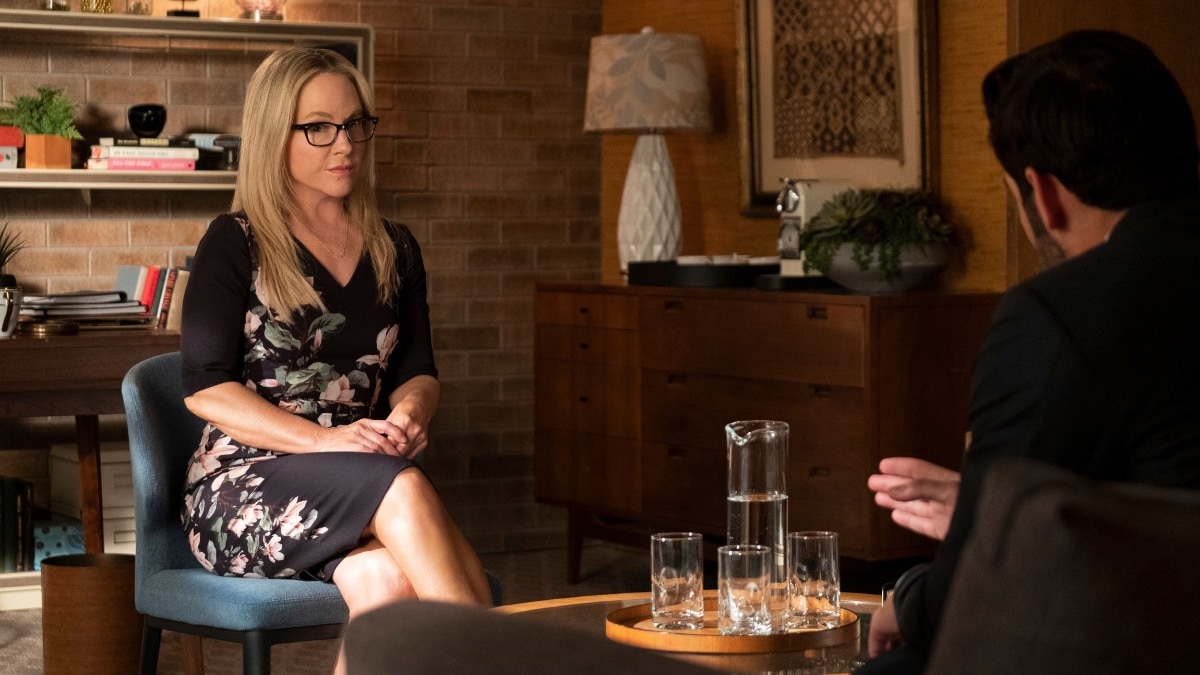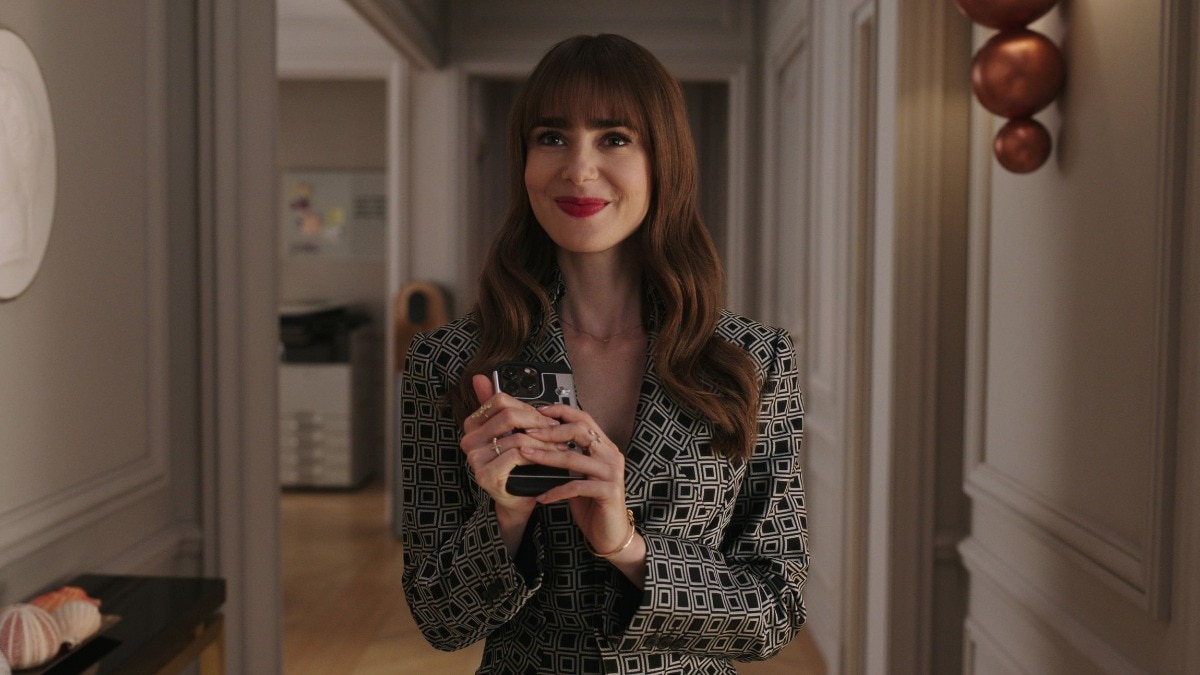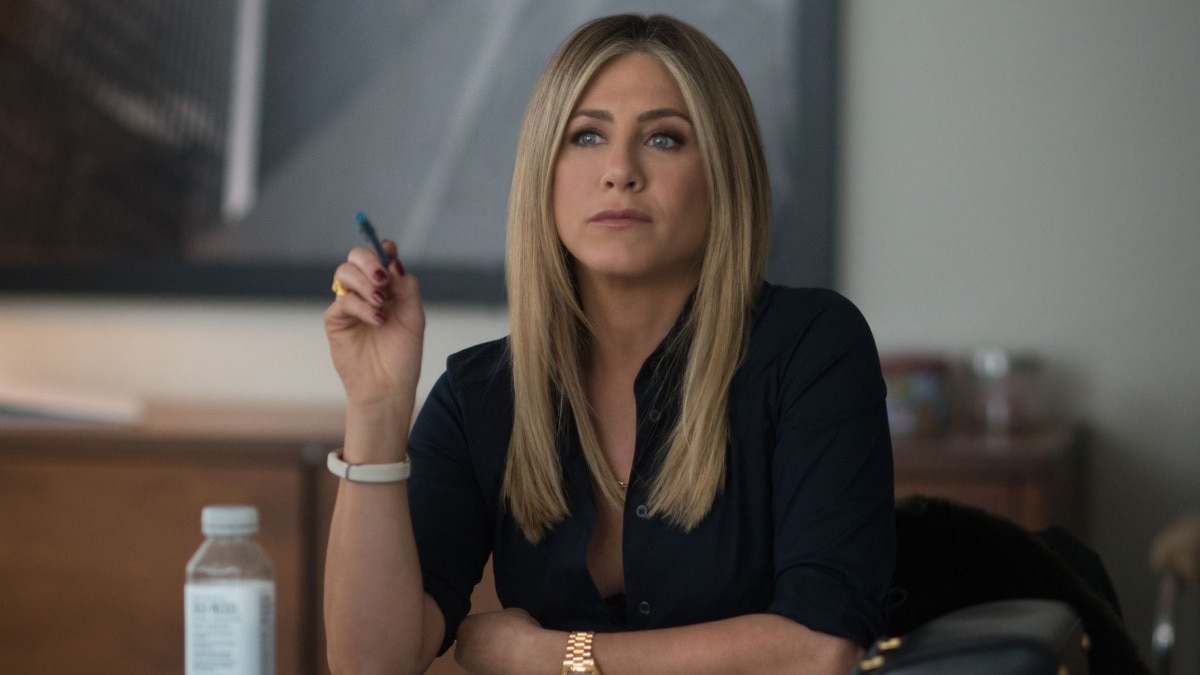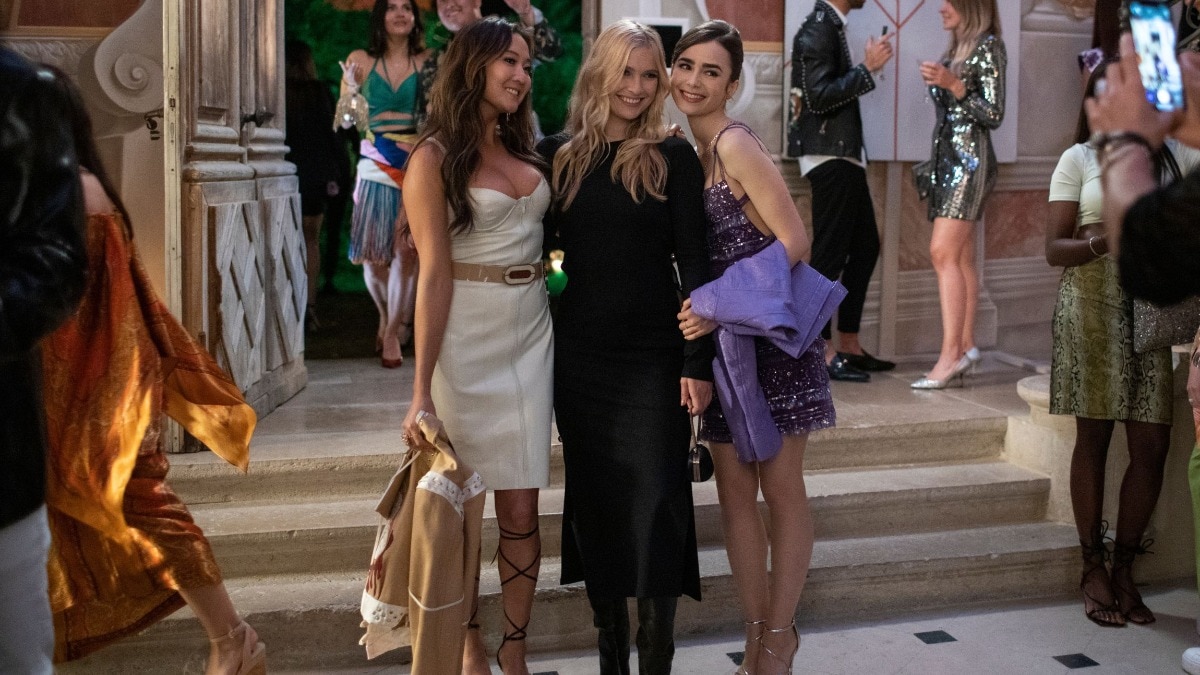Why Kamal Haasan in 'Kalki 2898 AD' is a refreshing change from Hindi cinema villains
The legend just showed us how menacing a villain should be. Is Bollywood listening?


Menacing, seemingly demonic, and evoking an eerie sense of doom and gloom—if an actor playing the antagonist is able to do all that, he’s done great. And that’s exactly how viewers felt about watching the legendary Kamal Haasan play Supreme Yaskin, the proclaimed god of the Complex, in Kalki 2898 AD.
The perfect teaser ahead of a sequel
Kalki’s makers skillfully reveal Yaskin’s motives while keeping the reason behind his actions a mystery. Haasan’s screen time is limited but his presence is impactful, cementing his reputation as one of the country’s finest actors. And he is aware that he has left the audience wanting more. He knows that the best is yet to come. During a press meet in Chennai, the actor very patiently responded when asked about his limited screen time. “In Kalki, I have played a small role, but my real part in the film has only begun. I will have more to do in the second part. So, I watched this film as a fan, and I was astonished.”
Though the sequel may be a few years from now, fans have already started theorising why Yaskin is so menacing. One of the main reasons for this fandom is that Yaskin’s role as a villain was a refreshing change from the "bad guys" we have seen in the recent past. These villains often fail to measure up to the protagonist and the high-stakes drama that leads to their ultimate showdown.
Who are the legends and what makes them legendary
Over the past few decades, Hindi cinema has seen some truly legendary villains. From Gabbar in Sholay to Mogambo from Mr. India. Pran was the most sought-after villain in the movies of ’60s and ’70s like Ram Aur Shyam, Johny Mera Naam, and Zanjeer to name a few. In the ’90s, Ashutosh Rana's character, Gokul Pandit, was unmatched for a long time. His character scared the living daylights out of any kid growing up at the time. Watch it and you’re in for sleepless nights.
The three standout Y2K villains we love and remember are Saif Ali Khan's Langda Tyagi in Omkara, Sanjay Dutt as Kancha Cheena in Agneepath, and Tigmanshu Dhulia's Ramadhir Singh in Gangs of Wasseypur. Khan's portrayal as the scheming and conniving Tyagi showcased his acting prowess after his romantic roles in Kal Ho Na Ho, Hum Tum, and Salaam Namaste. Meanwhile, Dutt's menacing Kancha Cheena, with his dialogues and body language, was an absolute scene stealer. More recently, cinephiles would fondly remember Dhulia's Ramadhir Singh. Watching him go head-to-head with Sardar Khan (Manoj Bajpayee) and then Faisal (Nawazuddin Siddiqui) was pure genius.
But what makes these characters so special and memorable? For starters, we don't know the origin stories of any of these characters. Where did Gabbar even come from? What makes Mogambo so bad? Why is Kancha Cheena the way he is? The writers never supplemented or justified their actions with backstories, simply because they never needed to. The audiences didn't seek those details either. All that they wanted to do was watch these characters act out their evil schemes and do it well. Over time, we loved them because they were simply too good at being bad.
How bad are the villians today?
Can you name an iconic villain from recent films? Despite the abundance of mass entertainers, where the hero beats the villain to a pulp, it’s hard to come up with a memorable villain. Take Pathaan for instance, John Abraham’s Jim is simply no match for King Khan. Or in Tiger 3, where Emraan Hashmi as Aatish Rehman hardly puts up a fight against Salman Khan. It’s the same for a lot of other massy entertainers that have given audiences nothing but weak villains.
Think about it. Have you seen a movie villain really scare the hero or push them to the point of having a mental breakdown because of the situation they've created? The antagonist might have the best weapons and goons, and may even succeed in killing everyone closest to the protagonist, but you know exactly how things are going to end. Despite their smart, rich, influential, and strong personalities, the writing makes it clear that they will never stand a chance. While we do understand that these movies will always position the lead actor as the larger-than-life "Superman" who saves the day (and the world), the audiences still crave a scenario where the villains stand an equal chance.
As cinema evolves, so does the importance of a villain over time. The films that we see today have very little focus on the villain and usually involve a backstory of when they were good. This good guy-gone-bad trope is overdone, making it seem like the only way to write a villain. Audiences never needed answers or backstories; just villains that were menacing and great at it.
But if they are to get a backstory, which is what we see a dime-a-dozen in these films today, they better be intriguing according to Prosit Roy, the director of the web series Paatal Lok. "The biggest problem with the kind of films we see is that the villain doesn't get a meaty backstory as compared to the lead. This is why we don't get to know about their life and where they come from. No one automatically becomes a villain. We don't make them real enough, which is why audiences feel that they aren't equal to the hero. The backstories aren't interesting enough. Even if it's less, due to the time restrictions as compared to a web-series, do your best to make it real and compelling. Look at the example of the Joker in The Dark Knight. I'm talking about the "remember how I got these scars" and "let's put a smile on that face" scene. Two dialogues were all it took to understand the trauma that he's faced. I'm a firm believer of the fact that darkness and light both exist inside us. It is that moment or incident that unlocks the darkness. There has to be enough motivation for that to happen. When you realise that something bad has happened to them and who is going to stop them, they become even more menacing."
Where has the aura gone?
Audiences never asked this question before because the villains that they saw on screen gave the hero their purpose. It was this conflict that drove the story forward, creating that necessary friction. The chances of the story improving are slim if the villain’s motivations and beliefs don’t affect the hero. We crave villains whose mindset and actions bring the hero to their knees. What we're missing according to Gurmmeet Singh, the director of the popular gangster web series Mirzapur, is the aura. "When it comes to the iconic villains that we’ve seen, it is the story that pushes them as the opposing force to the main protagonist. But remember, in their own lives, they still need to be the heroes of their story. They need to have their philosophies and there needs to be a reason behind their actions. Unless they’re portrayed like that, they will never give you the impression that they will come out on top. Whenever we saw them, they had the aura. They knew and thought that they were going to win. Defeat for them was never on the cards. And the writing showed that brilliantly."
A fight is only as good as its two opponents. And things are certainly no fun if the two people going head-to-head aren't evenly matched. "With the villain being more interesting or powerful, it’s the hero who has to take them down. It’s always the hero’s journey that’s fascinating because they’re not supposed to be as powerful as the villain. That makes for a lot more engagement in these big-budgeted films where we know that the hero is almighty and nothing will ever harm him. You can choose the path, but convincing the audience that it’s an equal fight between the two, having that build-up is what should be constantly kept in mind. Rather than celebrating only one person in the film. That takes away the fun viewing."
Do audiences want to see the good in their villains?
While one looks up to and relates with the protagonist, it is not wrong to say that villains too can be relatable to audiences. Mehezabin Dordi, clinical psychologist, Sir HN Reliance Foundation Hospital, Mumbai, sheds light on villains who are more than just evil. "When we’re looking at movies, or people around you, there is an element of human complexity. People are multi-faceted. When villains have depth, or nuance, it mirrors real-life accuracy. Humans are rarely as dichotomous as good or bad. Understanding their backstory makes them relatable, audiences may see parts of themselves and feel that they’d have done the same thing if the shoe was on their feet. Lastly, movies that present morally-ambiguous characters can also change the traditional binary of good vs. evil. People are not just good or evil. Things are complex and people can’t be boxed."
A ray of hope!
Be it a clash of ideologies, moral opposition (good vs evil, cops vs robbers), or personal conflict, cinema and its audiences have always demanded this thematic opposition. This is one of the major reasons why Yaskin stands out in Kalki 2898 AD. He relentlessly pursues the serum from SUM-80’s womb (played by Deepika Padukone), which can extend his life, knowing full well that he’ll have to deal with Bhairava (Prabhas) and Ashwatthama (Amitabh Bachchan) who will protect her. This battle is going to be legendary and will make for a scintillating second instalment. Don’t give us the back story, just give us a fantastic fight!
Lead image credit: Treeshul Media

